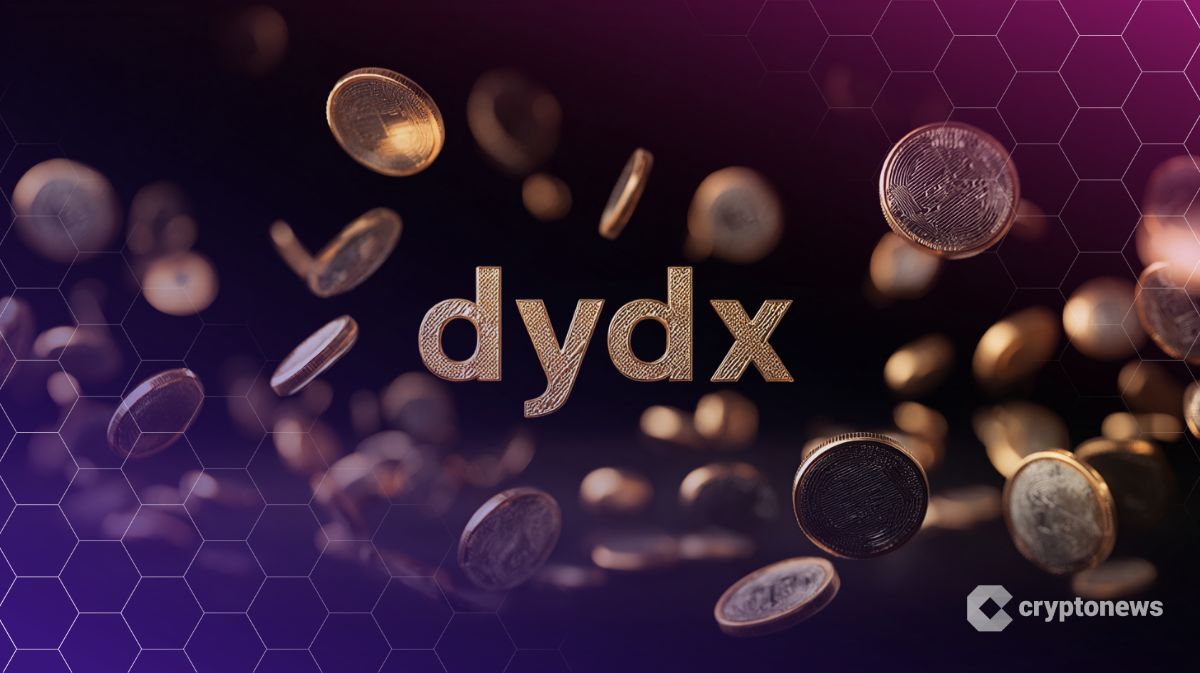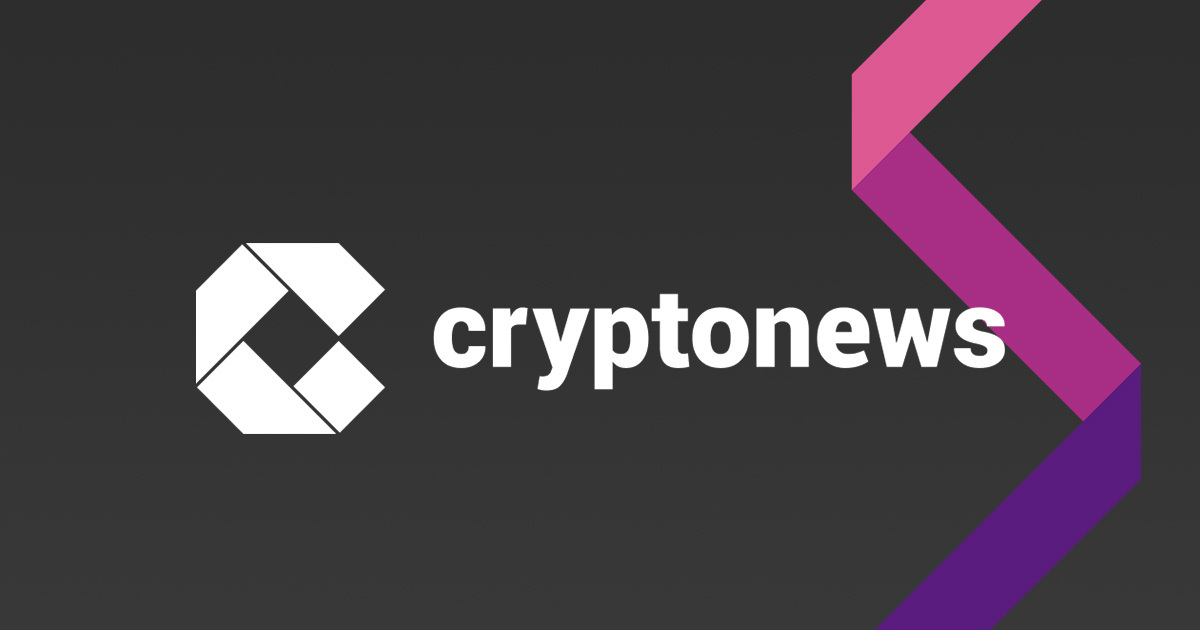GENIUS Act Reshapes Stablecoin Strategy, Says Foresight Ventures Partner
Ripple and Circle’s applications for U.S. national trust bank charters are being framed less as a bold industry move and more as a calculated, defensive pivot in response to looming regulation.
In an interview with CryptoNews, Alice Li, Investment Partner and Head of North America at Foresight Ventures, explains that the move is fundamentally about future-proofing operations amid rising pressure from the GENIUS Act, a landmark bill reshaping stablecoin oversight in the United States.
In a historic move for U.S. crypto regulation this week, the GENIUS Act—formally known as the Guiding and Establishing National Innovation for U.S. Stablecoins Act—has cleared both chambers of Congress.
“The GENIUS Act makes clear that any issuer aiming for scale must meet bank-level regulatory standards,” said Li, whose investment focus spans stablecoin infrastructure, payment rails, and Web3 applications.
“Applying for a bank charter doesn’t guarantee approval—but it signals long-term compliance intent to regulators and partners.”
Stablecoin Shakeout: Institutional Integration vs. DeFi Independence
Li expects the stablecoin sector to split into two camps over the next 12 to 18 months: institutional-focused players pursuing full licensing and banking integration, and DeFi-native or offshore issuers targeting niche use cases.
As U.S. regulatory clarity solidifies, banks and traditional financial rails will face growing pressure to integrate stablecoins, not out of ideological alignment, but due to user demand for faster, cheaper, programmable financial products.
Licensing Is the New Moat—and the New Barrier
As the stablecoin market matures, Li says the ability to secure a U.S. banking license is quickly becoming the sector’s defining edge—and an operational filter for investors.
“We no longer evaluate infrastructure startups purely on technical sophistication. Regulatory readiness and ability to integrate with licensed issuers are now critical,” she notes.
While Ripple’s and Circle’s path toward becoming full U.S. banks may crowd out direct USD stablecoin competition, Li sees fertile ground for certain technologies. These include on-chain compliance tools, real-time risk monitoring systems, tokenization middleware, and fiat-crypto bridge infrastructure. Startups able to plug into the evolving regulated stack—rather than compete head-on—will be well positioned.
Still, licenses come at a cost. “Licenses are both a moat and a constraint,” Li explained.
“For U.S. dominance, they’re non-negotiable. Agility is reduced, but large-scale adoption requires regulatory alignment.” For new entrants, distribution is key—but without regulatory credentials, major partners won’t engage.
Global Divergence and the Rise of Hybrid Models
While U.S. bank charters may offer a long-term edge domestically and with institutional clients, Li believes global stablecoin competition will remain multi-speed. Offshore players like Tether will continue to dominate in DeFi and cross-border use cases due to flexibility and fewer compliance demands.
“In the short term, Tether and similar issuers won’t lose dominance in DeFi,” she said. “But as regulated players integrate into fintech apps and banking stacks, they’ll gradually absorb more institutional and retail flows—especially in treasury and on/off-ramp applications.”
International jurisdictions are already reacting. “The UAE, Singapore, and Hong Kong are actively offering lighter-touch frameworks to attract issuers,” Li said.
Paradoxically, issuers regulated under the GENIUS Act may even find it easier to integrate into these emerging hubs, as U.S. oversight lends legitimacy to cross-border deals.
Li concludes that real-world asset (RWA) tokenization—already gaining traction—could become the bridge between traditional finance and crypto.
“Just like Robinhood democratized equities, hybrid models will drive compliant, user-centric financial products,” she said. The GENIUS Act, rather than killing innovation, may accelerate bank-crypto collaborations, reshaping the financial system at its core.
You May Also Like

dYdX Snaps Up Telegram Trading App That Hit $1B Volume in Under a Year

Trump signs stablecoin bill into law
